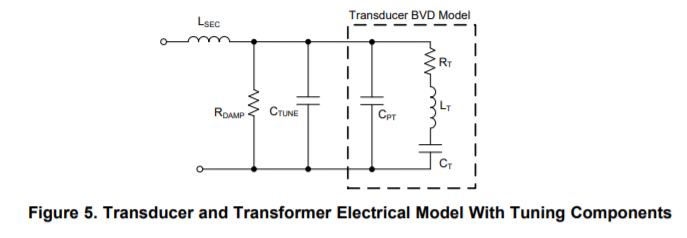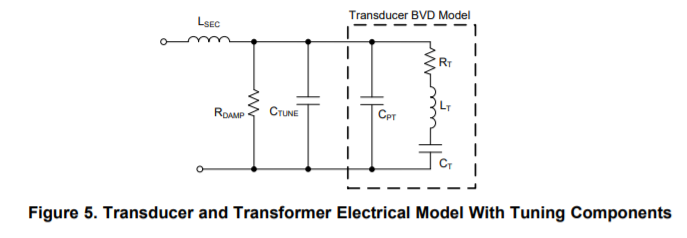Other Parts Discussed in Thread: PGA460, TUSS4470
Hi,
I'm developing an ultrasonic sensor to measure the depth of the sludge in large tanks. But for now i'm trying to measure water depth. My transducer is the TD40200D, it's recommended 1000vpp supply but it should works fine with 300vpp for my needs.
I guess that my problem is that i can't reach such high voltage. I'm supplying BOOSTXL-PGA460 a voltage of 12V and it supplies the transducer with 260vpp, when the frequency is set to 58,6kHz. But when i configure it to 40khz the voltage degreses to 100vpp. Why is this happening ?
Another question is, should i always do the tests underwater? Because of the impedance of water.
OBS: I have unsolder the resistor (R38) and capacitor (C15) as recommended in PGA460 Ultrasonic Module Hardware and Software Optimization.



